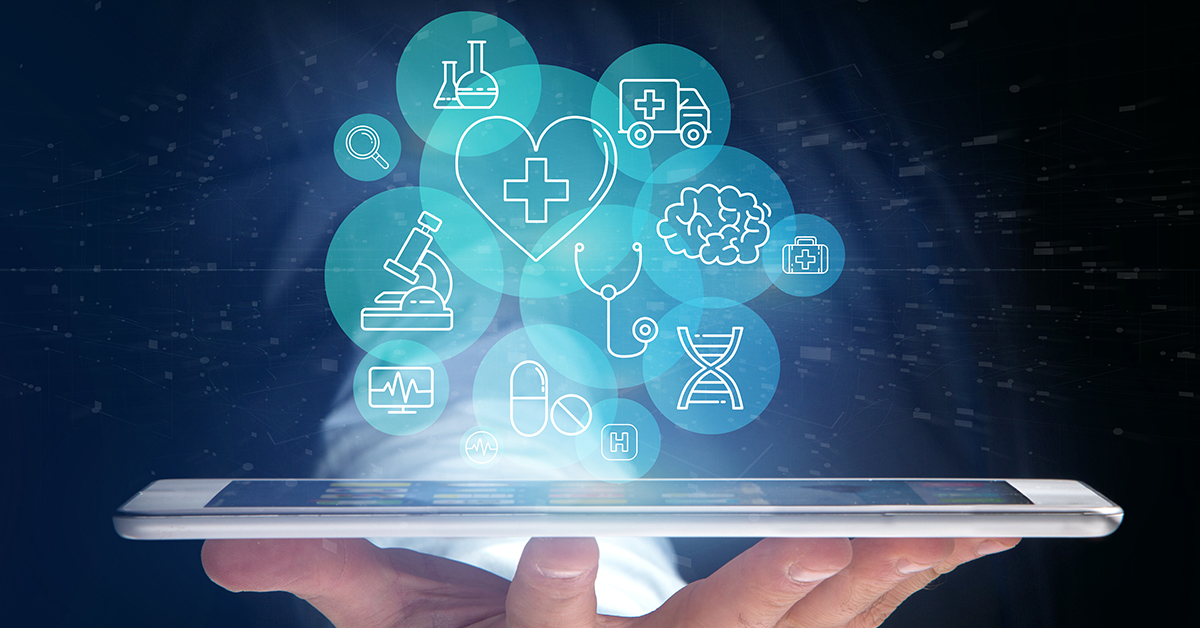The world is a long way from understanding the true and far-reaching legacy of Covid-19. While debate regarding the handling of the pandemic will continue, there are areas where the impact has been more positive.

Digital health tools and telehealth were already on the rise, but Covid-19 provided a catalyst, propelling innovation and adoption forward, and driving a flurry of significant industry deals. Fortive recently bought Provation for its patient tracking and clinical workflow software, while Baxter bought Hillrom, not least because of its presence in digital health.
The financial success of many deals remains unproven, but one winner is becoming clear: the much-vaunted but often elusive factor of patient centricity. As someone who’s spent a large chunk of her career in customer-centricity, this is an area that resonates.
Patient centricity has been a theme in the health and pharma ecosystem for some time, and has significant potential for competitive advantage. As consumers, people expect to be heard by businesses they deal with, and that expectation is transferring to their lives as patients. The digital revolution will accelerate patients’ ability to “own” their health.
There are three key areas in which the latest digital health and medtech advances will have a demonstrable impact on patient centricity:
Apps: The go-to tool for pretty much every other human activity on the planet, from eating to dating, apps are becoming key to healthcare too. In fact 70% of patient groups say their members use at least one app to manage their condition. Last year, Google got in on the action with its first CE mark (Class 1 medical device) for its Derm Assist app, which although not a diagnostic tool, provides an addition to the patient toolkit. And Pfizer is one of the latest in a long line of big pharma groups that have partnered with prescription app developers. Most recently, there have been interesting developments from Better Therapeutics as they focus on using clinical data to avoid the fate of some of the app developers (though the 80% drop in value since going public probably qualifies as “difficulties”. There are an estimated 260,000 “health” apps available, and while many are of dubious clinical value, there is much to be said for putting patient empowerment literally in the hands of the patient.
Remote trials: Earlier in the pipeline-to-prescription journey, digital tools are making access to trials quicker and easier for participants. Again, this was already on the cards with Novartis committing to a “digital revolution” back in 2018. Home-based trials are widely predicted to be a side-effect of the pandemic that is here to stay, and are a key reason why many paused trials were able to restart mid-pandemic. There are hurdles to overcome and not every trial can be manged remotely, but the ability to bring the trial to the patient is a step forward in the democratisation of clinical research.
Connected care: Connecting data is at the heart of patient centricity, whether that’s aggregating patients’ data to give them a clear view of their own health, or connecting networks of providers to enhance collaboration and innovation. The patient of the future will demand a more holistic understanding of matters surrounding their health, and data integration (with a touch of machine learning to make sense of it) will be critical to meeting those demands. Given that digital natives (and older people) now willingly track an array of dimensions of their health using wearables, combining such data with medical information will build a powerful picture, with the patient right in the middle.






